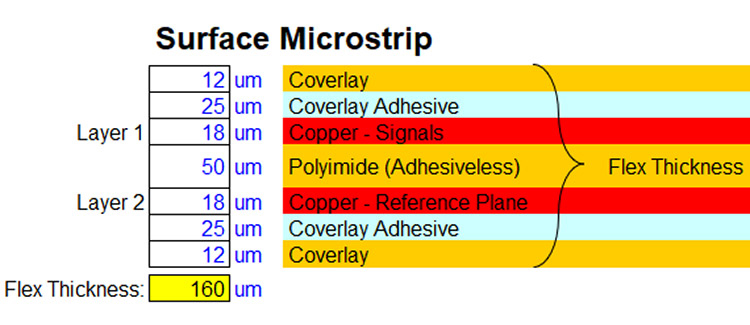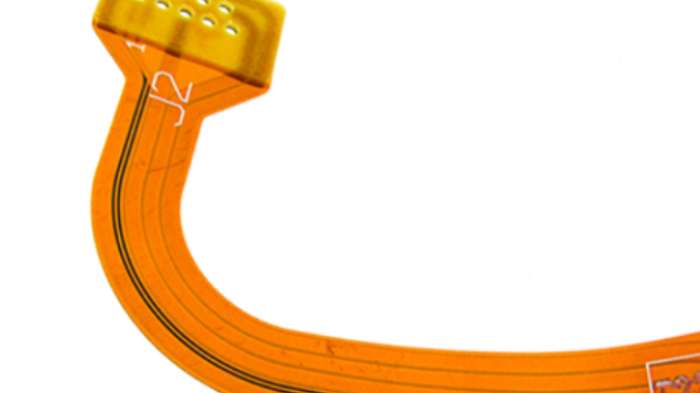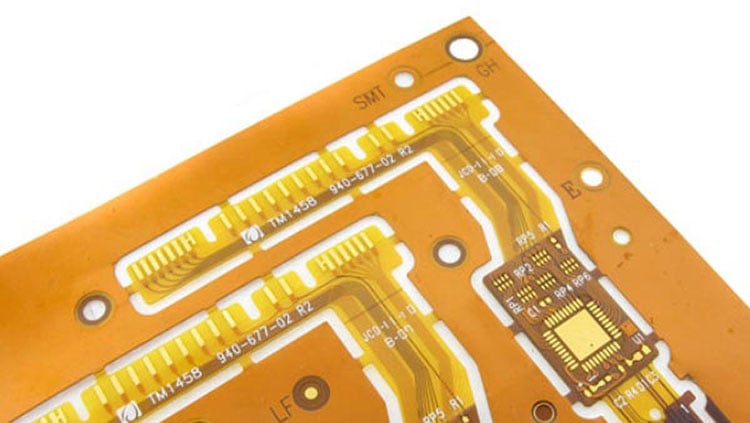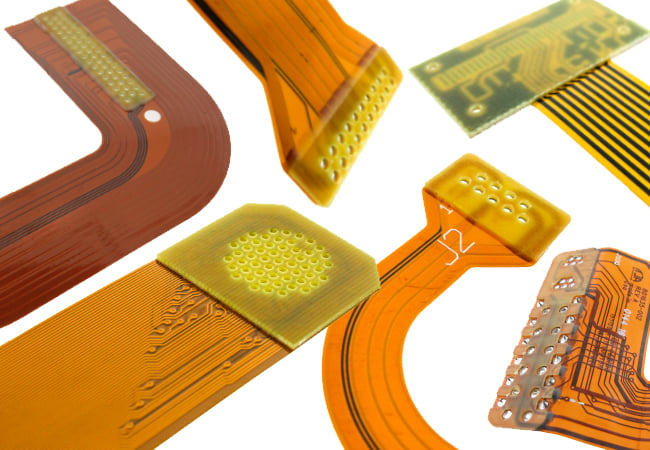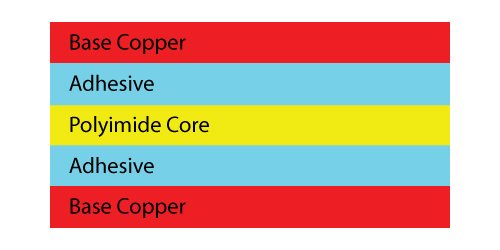As with many of today’s high-speed rigid circuit board designs, flex and rigid-flex PCB designs also require controlled impedance signals. The impedance vales are the same, typically ranging from 50 ohm single ended up to 120 ohm differential pairs. However, there are differences in how the impedance values are achieved due to the mechanical bend requirements that a flex or rigid-flex circuit board must meet that a rigid PCB does not.
Paul Tome

Recent Posts
Higher current carrying flex circuit designs create challenges that need to be addressed early in the design process to ensure both a manufacturable design and that it will reliably meet the bend requirements. These items range from material types/availability, bend capability/flexibility, impact on standard signal lines, and part cost.
The argument can be made that the toughest environment for a flexible circuit boards is the prototyping phase of the design development. During this process, the circuit is potentially installed and removed multiple times as the form, fit, and function are evaluated and qualified. There’s the opportunity for the flex circuit to be inadvertently mishandled, dropped, bent beyond the design limits, etc.
At the conclusion of our webinar, Using Rigid-Flex PCBs to Improve Design Reliability, we had several questions submitted to our presenter, Product Manager of Flex & Rigid-Flex Circuits, Paul Tome. We compiled these into a readable format on our blog.
Flex and rigid-flex circuit boards are a combination of both electrical and mechanical requirements that allow for solutions to many tight packaging requirements. However, this combination is also the potential source of design challenges as some electrical requirements can have a negative impact on the mechanical bend capabilities of flex circuits. If not, correctly addressed the reliability of the finished design may be compromised.
Flexible circuits, like other electrical interconnects, are subject to either receiving or emitting electromagnetic (EM) and or radio frequency (RF) interference. For critical designs, if allowed to occur, the performance of the assembly, or that of other local assemblies, can be compromised to the point of becoming non-functional. The difference between EM and RF interference is the frequency of the “disturbance,” with RF being in the radio frequency range and EM being typically 500 MHZ and higher. There are many potential sources of both types of interference within an assembly.
Dynamic flexible circuit boards have the capability of solving many interconnect and packaging challenges in designs that require repetitive motion. They allow for extremely high-density interconnects while consuming a very small amount of space. However, these applications have a different set of design rules than that of a “one-time” or “bend-to-fit” static application.
Flexible circuits have two material options available to encapsulate the exposed outer layer circuitry: polyimide coverlay and flexible solder mask. While both perform the same basic function of insulating the external layer circuitry, each has different characteristics and capabilities that address specific design requirements.
Flexible circuit boards are necessary in numerous applications where a design requires the circuit to be bent within the electrical equipment or electronic device. However, it is not desired to have the flexible circuit board bend adjacent to connectors, mounted components, solder joints, and hole patterns. In these instances, a stiffener needs to be designed in to add rigidity and stability so that the flex circuit performs reliably.
Selecting the optimum flex circuit board material is a key element to the success of a flexible circuit design. A wide variety of materials and configurations are available to address the needs of today’s design applications.


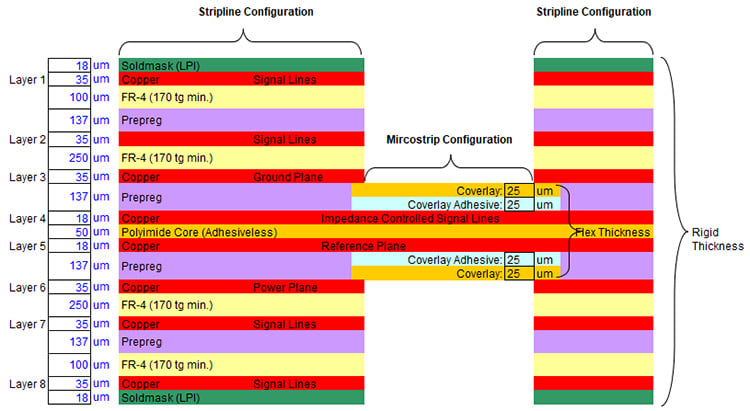
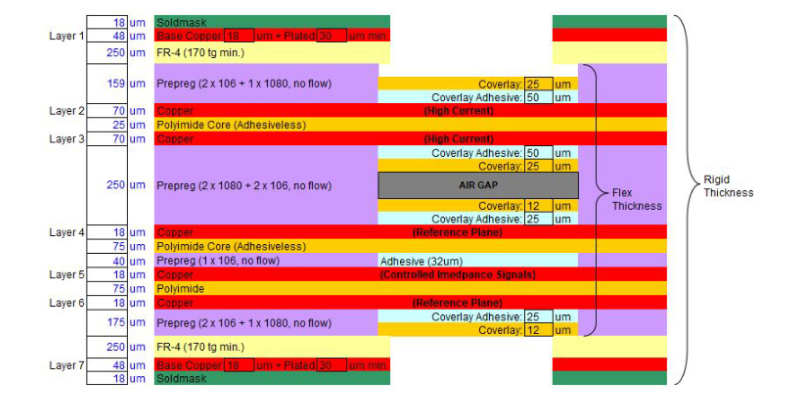
.jpg)

